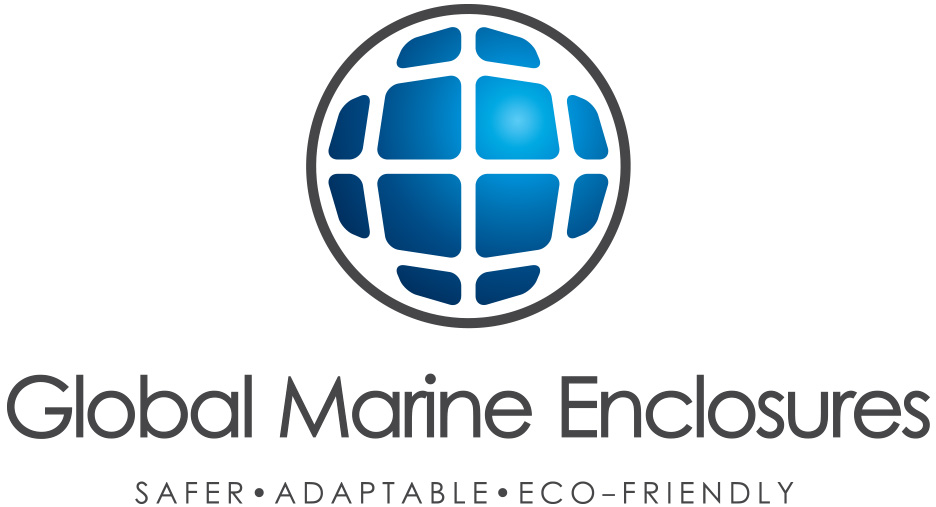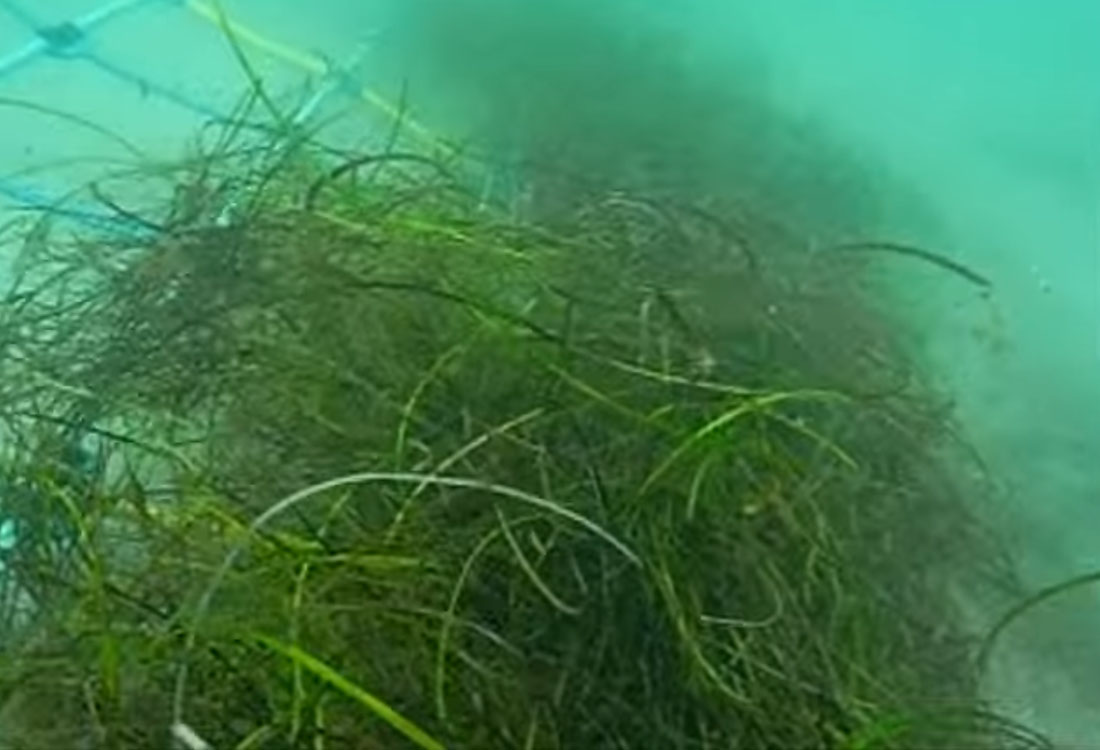The Aquarius Barrier technology was seriously tested during the wild storms that lashed the South Coast on Saturday the 21st May. Wild winds (100km/h gusts) and huge 6m swells battered the coastline for most of Saturday and again on Tuesday. The monitoring team went out after each storm and found no damage to the Aquarius Barrier.
The barrier has been re-engineered for Middleton Beach following the events in March. We are confident now that this event has proved the barrier's ability to withstand the most extreme storm conditions at Middleton Beach. There was widespread damage caused to homes, buildings, power lines and barriers around the South West and Metropolitan areas of WA, but the Aquarius Barrier got through unscathed.
Another shark barrier product at Coogee Beach in WA was significantly damaged in the storm, further proof that the Aquarius Barrier is now the strongest eco-friendly shark barrier in the world.
The picture on the right is taken from the Albany Advertiser Facebook page showing the wild seas nearby at The Gap.











